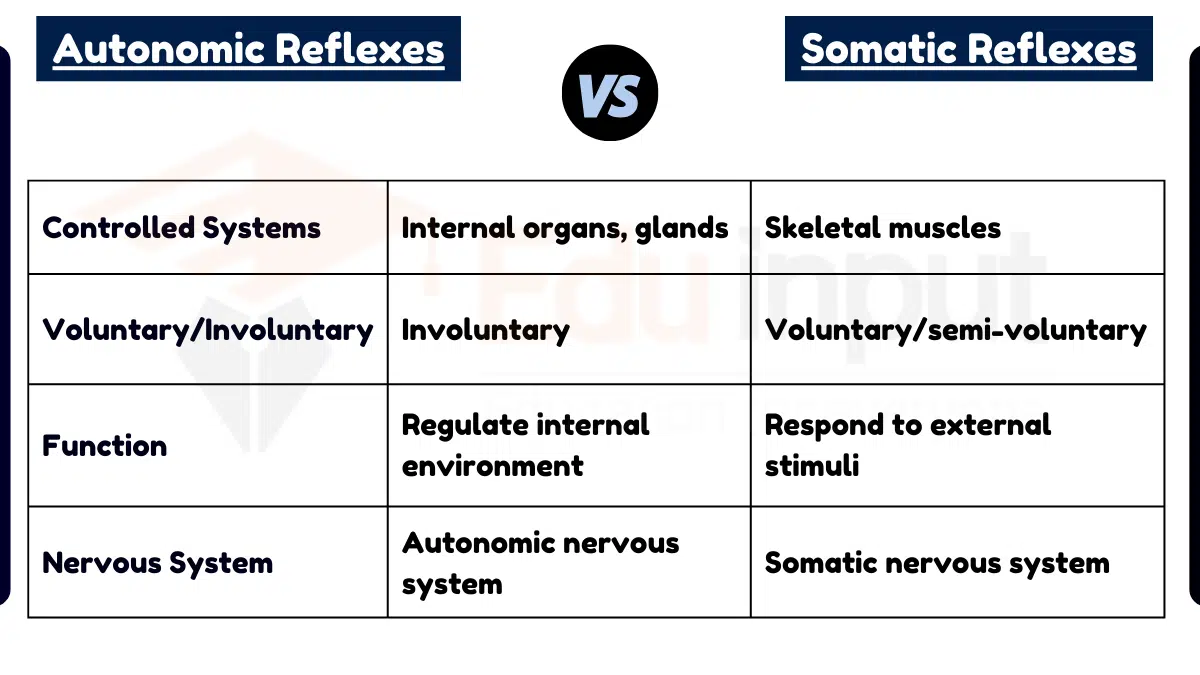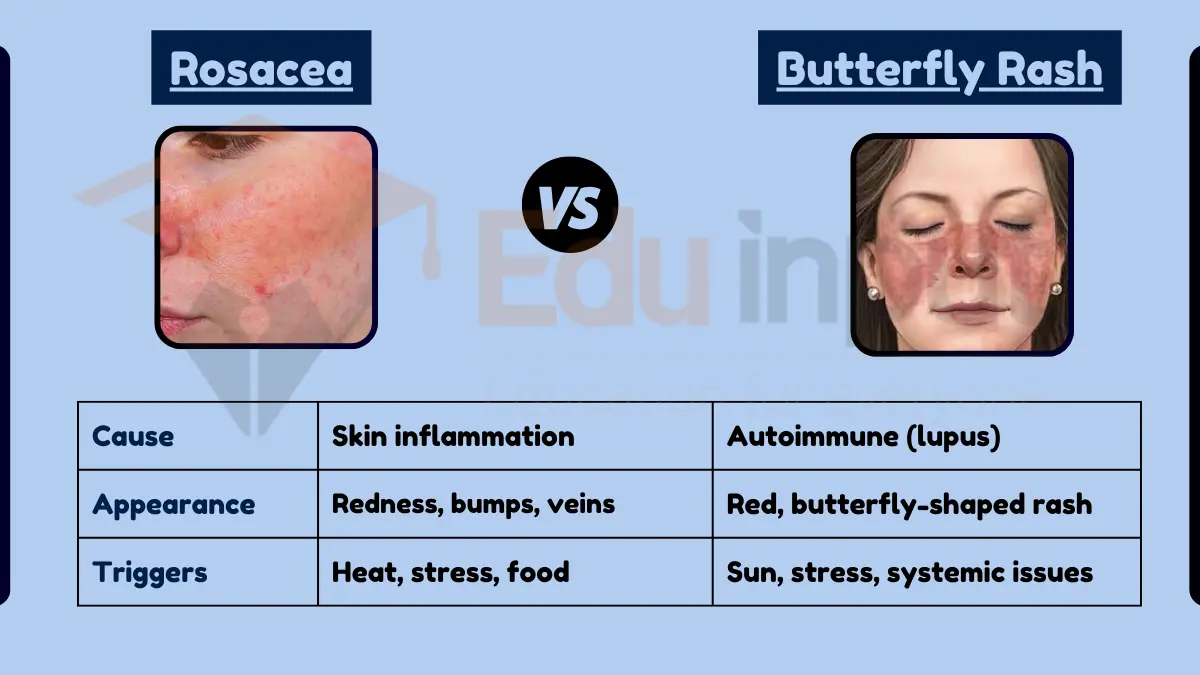Difference Between DNA Fingerprinting and DNA Profiling
December 18, 2023
Table of Contents
Key Difference
DNA fingerprinting and DNA profiling are often used interchangeably, but they can differ in their application and techniques. DNA fingerprinting refers to the early method of analyzing and comparing DNA patterns for identification purposes. DNA profiling, a more modern term, involves examining specific sequences within the DNA to identify individuals with a higher degree of accuracy.

Comparative Analysis
- Technique and Precision:
- DNA Fingerprinting: Older technique, is less precise.
- DNA Profiling: Modern, more precise, and reliable.
- Applications:
- DNA Fingerprinting: Used in paternity testing, and criminal cases.
- DNA Profiling: Wider applications including forensic science, and genealogical research.
Table Summary of DNA Fingerprinting vs DNA Profiling
| Feature | DNA Fingerprinting | DNA Profiling |
|---|---|---|
| Technique | Older, less precise | Modern, precise |
| Applications | Paternity, criminal cases | Forensic, genealogy |
While DNA fingerprinting laid the groundwork for genetic identification, DNA profiling has expanded and refined this process, offering more precise and versatile applications in various fields.
File Under:







Leave a Reply